Fluctuating Genders
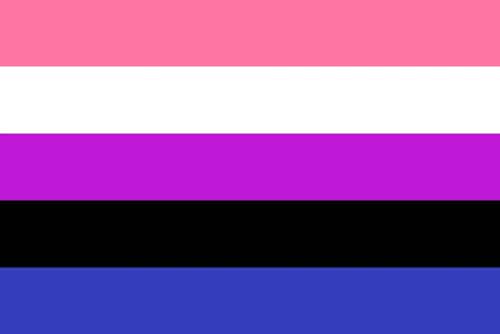
Table of Content
Is your gender identity fixed, or can it change over time? Some people experience a form of gender fluidity. Let’s explore what that means.
Terminology
Here are some terms relating to gender identity and gender fluidity that are important to know.
Gender Identity
Gender identity is each person’s internal sense of their gender. It is how they perceive whether they are a man, woman, non-binary, or something else. Each person’s gender identity is an important part of their overall persona and should be respected.
Gender Expression
Gender expression refers to how a person expresses that gender to the world. Gender may be expressed through clothing, mannerisms, makeup, or hairstyles.
Gender Binary
This is the concept that there are only two genders – man and women. Most scientists and sociologists have rejected the binary gender assumption in favor of a gender spectrum.
Gender Spectrum
This is the concept that gender identity exists on a spectrum that includes man and woman, but also non-binary genders.
Gender Fluidity
Refers to the belief that some people have a fluctuating gender identity. This means their gender identity may change over time rather than remaining a particular gender.
Non-Binary
An umbrella term for gender identities that are not specifically within the binary gender classification of man or woman.
Gender Affirming Care
Any medical care provided to help affirm a person’s gender identity.
AFAB/AMAB
Assigned female at birth or assigned male at birth. This is an assignment based on biological sex using the infant’s external anatomy. In Western societies, biological sex is usually used as a presumptive factor for the infant’s gender identity.
History
The concept of gender fluidity or fluctuating gender is fairly new. Its history is tied in with discourse on gender identity, gender expression, and traditional gender norms.
Concepts like gender fluidity and gender identity have evolved over time to challenge society’s traditional notion that male and female are the only gender identities. Historically, society’s expectations have tied a person’s gender identity to their sex assigned at birth. We have only recently begun to recognize gender identity as something that cannot simply be assigned based on biological sex markers. Despite this, non-binary identities that include those who identify as multiple genders, no gender, or a third gender have always existed. They have even been recognized within some cultures.
Non-binary individuals include those who are gender fluid, identify with third genders, or as Two-Spirit in Indigenous cultures have always existed, and may express their gender in ways that don’t align with social norms. With the adoption of these terms in mainstream, gender fluidity is becoming more accepted. Even pronoun usage has evolved as a way to respect a person’s gender identity even when that doesn’t align with a limited male or female dichotomy.
Academic institutions like the Williams Institute and research scholars like Katz-Wise have engaged in significant study, research, and discourse on gender identity, especially as it relates to the queer community. This includes how transgender people, face discrimination and abuse when their gender expression doesn’t align with mainstream expectations. This is something that impacts transgender youth.
The existence of intersex people who have sex characteristics that don’t align with male and female provides further proof that gender identity and even biological sex are not as easily assigned and categorized as some may insist. Gender is complex and cannot be forced into binary classifications. This is why the term non-binary works so well as an umbrella term that encompasses a diversity of gender identities.
Flags & Symbols
There are several flags that represent gender identity, including those who are gender fluid or have non-binary identities.
Transgender Pride Flag
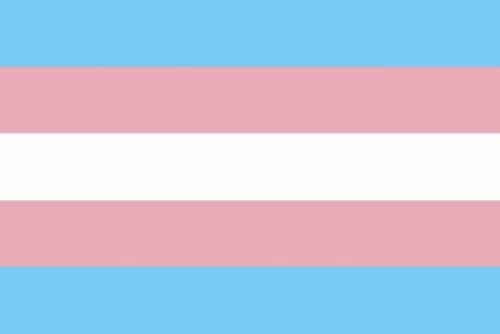
Some transgender people identify as non-binary or gender fluid. This serves as additional evidence that gender identity is complex.
Gender Fluid Pride Flag

Flag representing people who are gender fluid.
Gender Queer Pride Flag

Gender queer is a flag used to represent people who have a gender identity that does not conform with current gender norms. Also used as a political statement indicating a rejection of traditional views on gender identity or gender expression.
Intersex Inclusive Progress Pride Flag
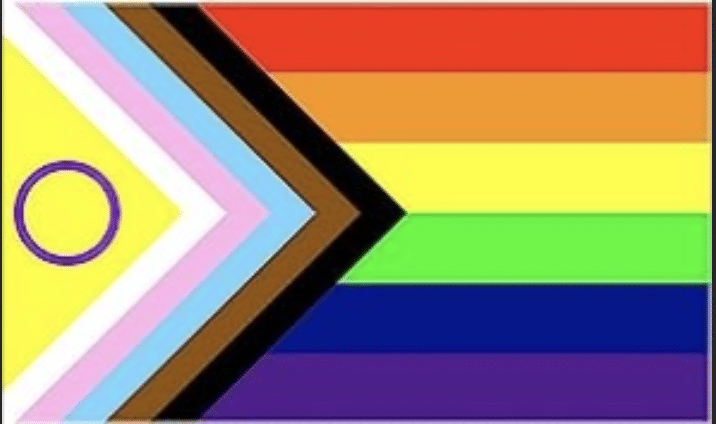
This more inclusive version of the progress pride flag includes represents people who are transgender, non-binary, intersex, and LGBTQIA+ people of color.
Bigender Pride Flag
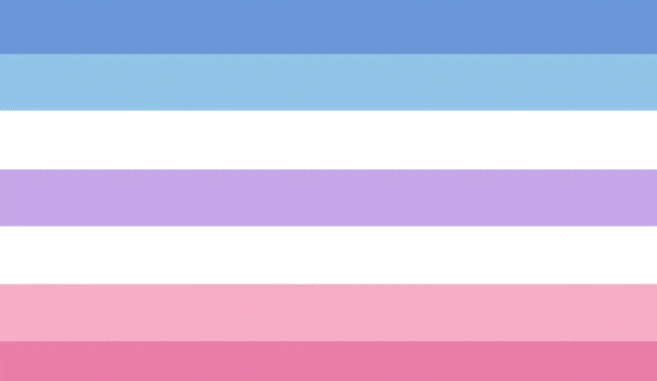
This flag represents people with non-binary identities who align with two genders.
Gender Flux
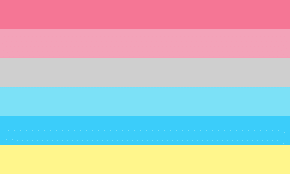
This is a flag that honors people who experience a gender identity that varies in intensity. Some who are genderflux identify as transgender and others as non-binary.
Is My Gender Fluctuating?
If you are questioning your gender, know that you are not alone. Our understanding of gender, including our own identity can evolve over time. Some people may be well into adulthood before they find an identity that fits them. As part of that process, you may find that you fluctuate between more than one gender or even three or more genders.
This can be jarring if you have always assumed your sex assigned at birth and gender would be aligned. Despite this, learning your true gender identity and accepting that can allow you to live more authentically. As you come to terms with your gender, you can experiment with gender expression. Also, use different terms and see which one feels most accurate to you.
Supporting Someone’s Gender Identity
A loved one whose gender doesn’t fit into a single category may confide to you that they are non-binary or that the identify with more than one gender. You can be a source of support for that person whose gender is fluid or fluctuation. You can do this by:
- Respecting their name and pronoun usage
- Encouraging them to find support online or in the community
- Using inclusive language
- Remembering non-binary identities
Resources
https://williamsinstitute.law.ucla.edu/publications/nonbinary-lgbtq-adults-us/
https://link.ucop.edu/2019/10/14/exploring-the-history-of-gender-expression/
https://www.unco.edu/gender-sexuality-resource-center/resources/pride-flags.aspx
Share this post:
What do you think?



